The Life in Gaza Strip
They fight for their homeland.

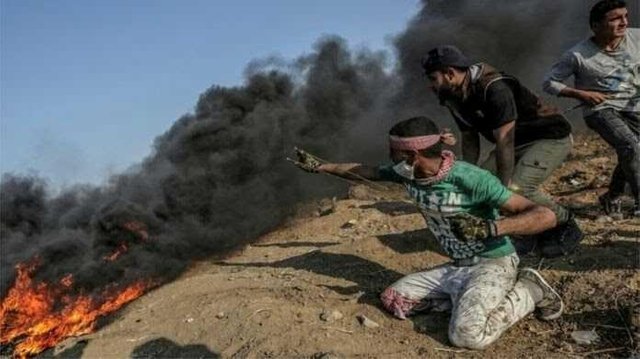
A glance of words about Palestinian problems especially in Gaza strip.
Home to 1.9 million people, Gaza is 41km (25 miles) long and 10km wide, an enclave bounded by the Mediterranean Sea, Israel and Egypt.
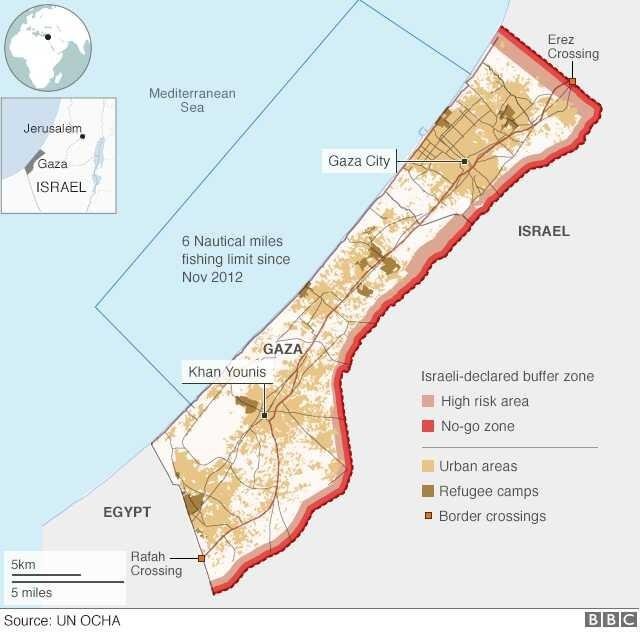
FREEDOM OF MOVEMENT
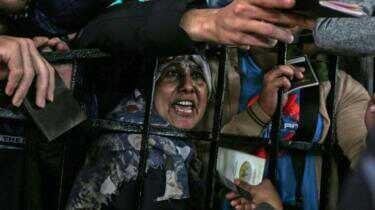
Egypt has effectively kept the border closed since October 2014, only opening it in exceptional circumstances. According to a report by the United Nations Office for the Coordination of Humanitarian Affairs (OCHA), the Rafah crossing was partially open for only 17 days up to April 2018, with 23,000 registered and waiting for permission to cross.
EDUCATION
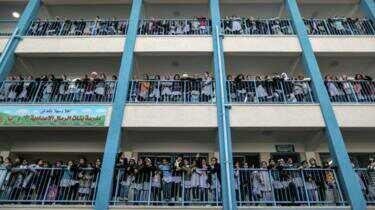
Gaza's school system is under pressure. 94% of schools run a "double shift" system, with one school of students in the morning and another in the afternoon.
ECONOMI
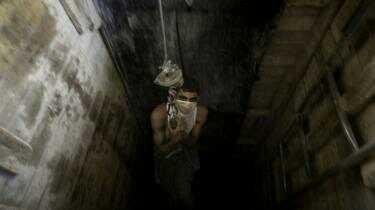
Gaza is significantly poorer than it was in the 1990s. Its economy grew only 0.5% in 2017 according to a World Bank report, with annual income per person falling from $2,659 in 1994 to $1,826 in 2018.
POPULATION
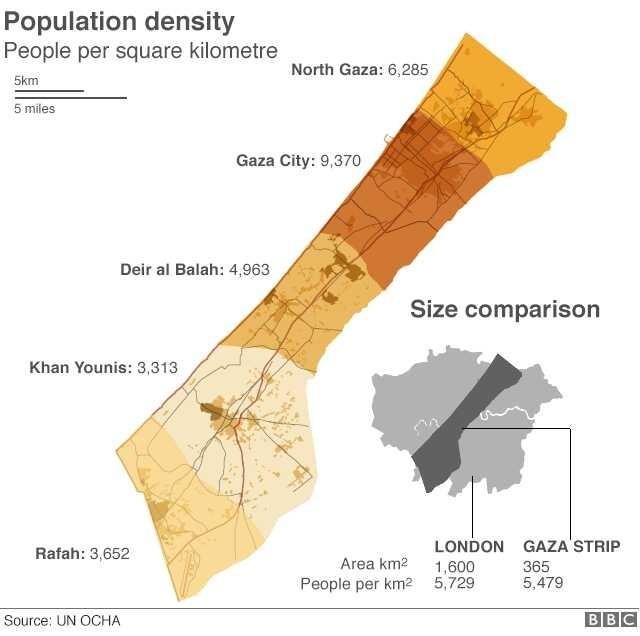
Gaza has one of the highest population densities in the world. On average, some 5,479 people live on every square kilometre in Gaza. That's expected to rise to 6,197 people per square kilometre by 2020.
HEALTH

Access to public health services has worsened due to border restrictions. The closure of the Rafah crossing reduced the number of patients travelling to Egypt for treatment. Before 2014, the World Health Organisation (WHO) said a monthly average of 4,000 people crossed into Egypt for health reasons alone.
FOOD
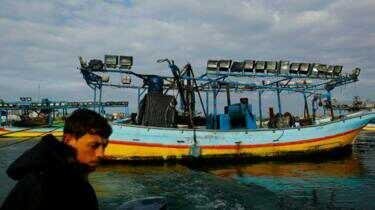
Israeli restrictions on access to agricultural land and fishing add to the challenges. Gazans are not allowed to farm in the Israeli-declared buffer zone - 1.5km (0.9 miles) wide on the Gaza side of the border - and this has led to a loss in production of an estimated 75,000 tonnes of produce a year.
WATER AND SANITATION
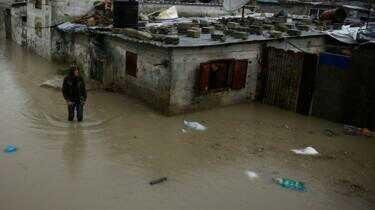
Gaza has little rain and no major fresh water source to replenish its underground water supplies, which are not large enough to keep up with demand. While most Gaza households are on a piped water network, the World Bank says supply is inconsistent and often poor quality. 97% of Gaza households depend on water delivered by tanker trucks.
POWER
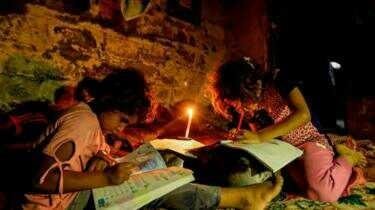
Power cuts are an everyday occurrence in Gaza. On average, Gazans get only three-six hours of electricity a day.